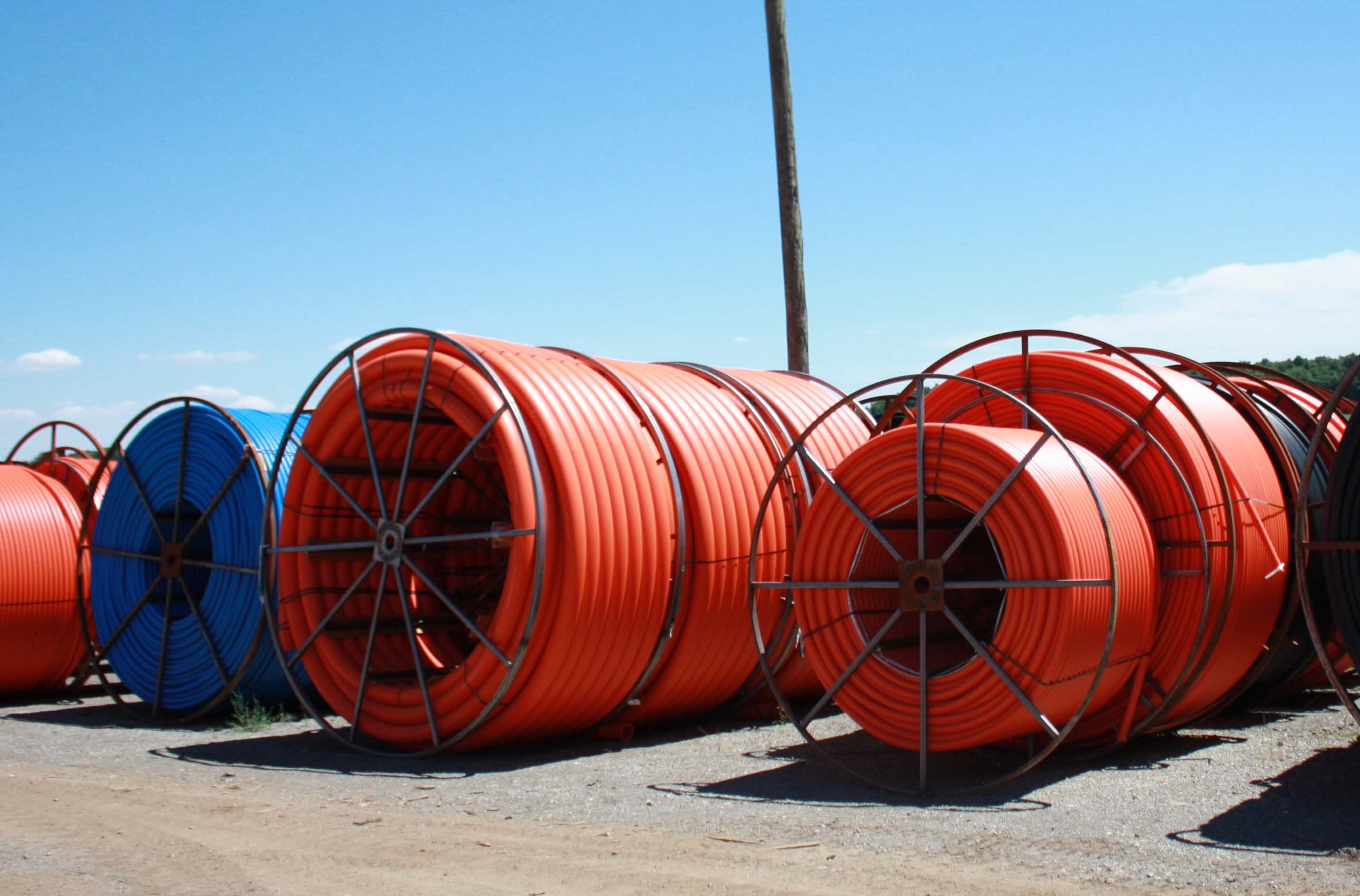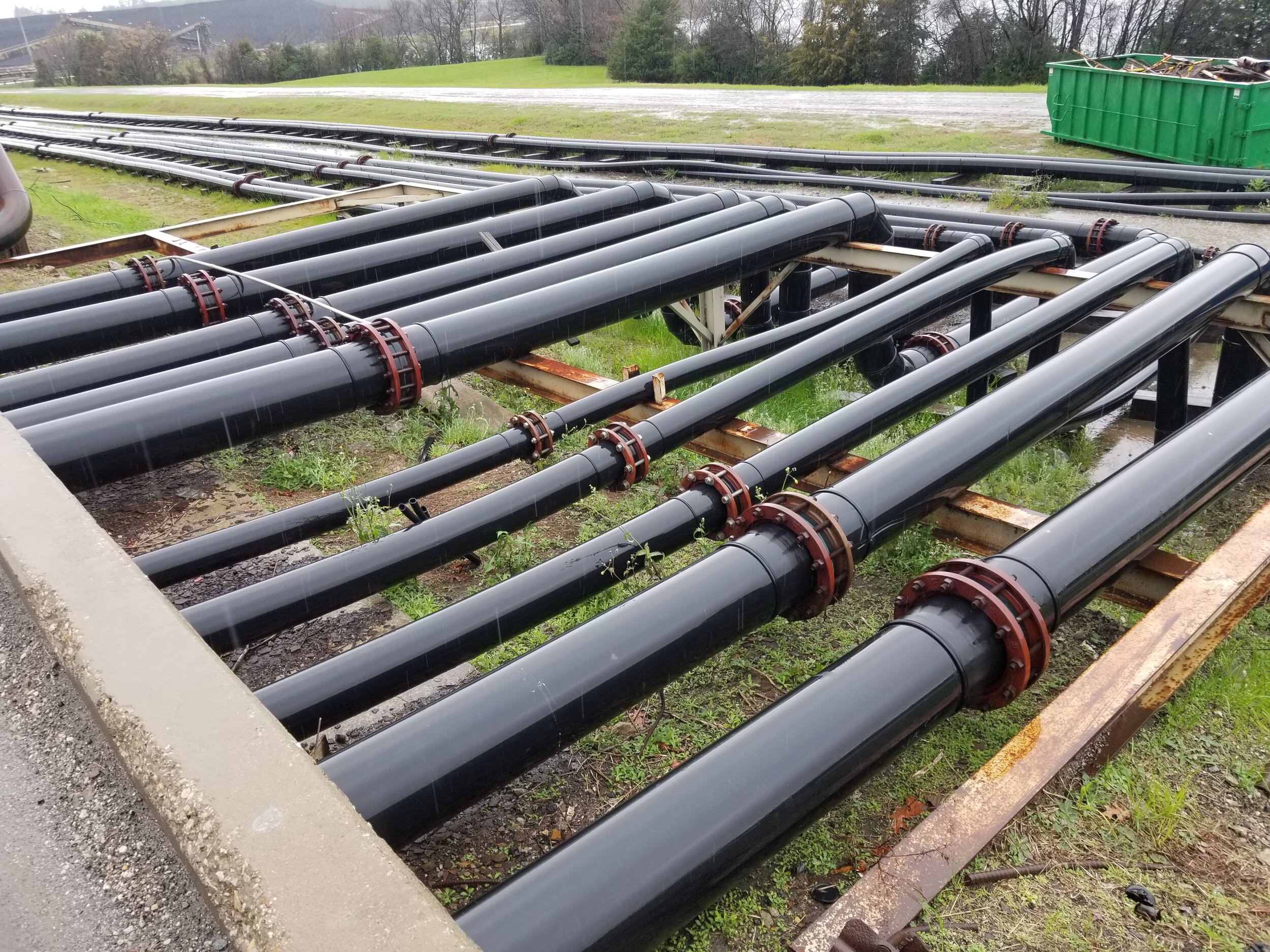Pipe Manufacturing Midland TX: From Raw Material to Finished Pipe
The Essential Steps for Effective Setup of HDPE Pipeline in Your Following Task
Successful installation of HDPE pipe needs careful planning and implementation. Secret steps include assessing project needs, preparing the site, and choosing correct signing up with strategies. Each phase plays an important function in making certain the integrity and performance of the pipeline. Recognizing these important steps can greatly affect the general success of the project - hdpe pipe suppliers Midland TX. However, the nuances of each step might hold the key to getting rid of usual difficulties encountered throughout setup
Comprehending the Benefits of HDPE Pipeline
High-density polyethylene (HDPE) pipeline uses many advantages that make it a favored option for different applications. Its high resistance to deterioration and chemicals assurances sturdiness sought after environments, substantially extending the lifespan of installations. Additionally, HDPE's versatility enables for less complicated installment, particularly in challenging surfaces, as it can flex without damaging. The light-weight nature of HDPE pipeline streamlines transport and handling, minimizing labor prices during installation.
HDPE pipe is recognized for its low friction coefficient, which enhances liquid flow and reduces energy intake. Its smooth construction decreases the danger of leaks, contributing to better resource monitoring and environmental management. In enhancement, HDPE is recyclable, aligning with sustainable methods and minimizing ecological influence. In general, the combination of stamina, flexibility, and eco-friendliness makes HDPE pipeline a remarkable choice for a variety of tasks, from water circulation to commercial applications.
Planning Your HDPE Pipeline Installment
When intending an installation of HDPE pipeline, mindful factor to consider of numerous essential factors is vital to secure an effective project. First, job supervisors should analyze the details requirements of the pipeline, consisting of the intended usage, flow rates, and environmental conditions. Recognizing these criteria will lead the selection of proper pipe dimensions and material grade.
Next off, timelines need to be developed, considering procurement timetables and any kind of potential hold-ups. Control with regional authorities for licenses and regulative conformity is additionally necessary. Additionally, a comprehensive budget must be prepared, encompassing all expenses connected with materials, labor, and machinery.
It is vital to engage a qualified group experienced in HDPE pipe installment. Their knowledge will help alleviate dangers, assurance adherence to market requirements, and inevitably add to the task's success. Complete preparation prepares for a smooth installment process and resilient efficiency of the HDPE piping system.
Preparing the Site for Installment
Appropriate website prep work is essential for the successful installation of HDPE pipe. Before installation begins, the website must be extensively evaluated to assure it meets all essential needs. This consists of checking the ground for existing frameworks, utilities, and prospective threats that could hamper the installation process.

Right elevation and positioning should be developed to maintain a constant slope for drainage functions. Appropriate drainage around the installment site is additionally critical to avoid water accumulation, which can bring about issues down the line.
Methods for Signing Up With HDPE Pipelines
Achieving a dependable connection in between HDPE pipes is crucial for making certain the integrity and long life of the installation. Numerous strategies exist for joining these pipes, each matched for different task needs. Blend welding is just one of one of the most common methods, utilizing warmth to bond the pipeline ends with each other, creating a smooth and long lasting link. This strategy can be more classified right into socket fusion and butt combination, depending upon the pipe arrangements.
Mechanical installations are another alternative, utilizing clamps and threaded ports to join sections of HDPE pipe. While typically faster to set up, they might require extra maintenance with time. Electrofusion is a specific approach that entails utilizing electric existing to warm and fuse the pipelines through specially created installations, guaranteeing a strong bond. Choosing the suitable joining method is crucial, as it directly affects the overall efficiency and reliability of the HDPE piping system in the intended application.
Testing and Inspection of Installed Pipeline
The testing and examination of installed HDPE pipes are vital to ensuring their performance and long life. This process includes visual assessment techniques, stress testing approaches, and leakage detection treatments to determine prospective issues. By employing these methods, specialists can verify the honesty of the setup prior to it is put into use.
Visual Assessment Techniques
Utilizing efficient aesthetic evaluation techniques is important for guaranteeing the stability of mounted HDPE pipes. Assessors must methodically check out all visible areas of the pipeline to determine any kind of indicators of damage, misalignment, or incorrect setup. Secret signs to evaluate include joint stability, surface area abnormalities, and connections. Inspectors might use tools such as multiplying glasses or electronic cameras to improve exposure and information. It is necessary to inspect for signs of ecological stress, such as distorting or extreme bending, which could compromise performance. Consistent documents of findings enables tracking modifications over time and aids overview necessary repair services. By sticking to recognized visual evaluation methods, project groups can significantly minimize the danger of future failures and ensure lasting reliability of the piping system.
Stress Evaluating Methods
Aesthetic evaluation functions as a preliminary measure, yet it is not sufficient by itself to assure the performance of installed HDPE pipelines. Stress screening approaches are crucial for ensuring the integrity of these systems. Typically, hydrostatic screening is used, where the pipelines are full of water and based on stress levels above the intended operating pressure. This technique helps determine weak points or possible leaks. Pneumatic screening can likewise be utilized, although it carries better risks because of the compressibility of air. No matter the approach picked, sticking to industry standards and safety and security protocols is vital. After carrying out pressure examinations, thorough paperwork is required to validate the outcomes and confirm that the installment meets all functional needs before continuing to the next phase of the task.

Drip Detection Procedures
Exactly how can one ensure that mounted HDPE pipelines are without leakages? Reliable leak detection procedures are essential to secure the integrity of the system. Aesthetic assessments should be done, looking for indicators of water accumulation or dirt disintegration around pipe joints. Following this, pressure screening can confirm the system's stamina. An usual method is the hydrostatic examination, where water is presented under pressure, checking for decreases that suggest prospective leakages. Additionally, advanced technologies, such as acoustic sensors or infrared thermography, can discover leaks that may not show up. Routine monitoring and maintenance additional add to the longevity of HDPE pipes, guaranteeing they stay leak-free throughout their operational lifespan. Correct documentation of these treatments is vital for compliance and future referral.
Maintenance Tips for Long-Term Performance
To ensure the longevity of HDPE pipelines, establishing a routine inspection timetable is crucial. This aggressive approach permits the early discovery of possible issues, minimizing pricey fixings. In addition, applying proper cleansing methods will help preserve peak efficiency and stop build-up that can affect functionality.
Routine Assessment Arrange
Although HDPE pipes are recognized for their longevity and resistance to deterioration, establishing a normal inspection timetable is vital for guaranteeing their long-lasting efficiency. Regular evaluations assist recognize possible problems such as leakages, joint integrity, and environmental influences that may influence the pipeline's capability. It is advised that examinations take place at least biannually, or extra regularly in environments with severe problems. hdpe pipe in stock Midland TX. During these assessments, aesthetic checks ought to be carried out to detect indications of wear or damages. Additionally, utilizing innovation such as ultrasonic screening can provide more understandings into the pipeline's problem. By carrying out an organized examination timetable, project managers can proactively address issues, thus extending the lifespan of HDPE pipelines and keeping system efficiency
Correct Cleansing Techniques
Correct cleaning techniques play a crucial role in keeping the long-term efficiency of HDPE pipes. Regular cleaning protects against the build-up of debris, sediment, and biofilm, which can result in blockages and lowered flow effectiveness. Operators needs to use methods such as high-pressure water jetting or foam cleansing to efficiently remove pollutants without damaging the pipeline surface area. It is important to stay clear of utilizing harsh chemicals that might deteriorate HDPE product. In addition, scheduled maintenance checks ought to consist of aesthetic inspections for any type of indicators of wear or damages. Properly educated workers ought to lug out these cleaning processes, guaranteeing conformity with security and environmental regulations. By applying these methods, the life-span of HDPE pipelines can be considerably extended, making certain ideal performance throughout their operational life.
Often Asked Inquiries
What Are the Environmental Effects of HDPE Pipe Production?
The environmental effects of HDPE pipeline manufacturing include greenhouse gas emissions, energy usage throughout manufacturing, potential plastic air pollution, and difficulties in reusing. Nevertheless, HDPE's durability and resistance to corrosion can alleviate some ecological problems.
Just How Does HDPE Pipe Compare to Various Other Products?

What Equipment Are Necessary for HDPE Pipe Installation?
Essential devices for HDPE pipe installation include a combination device, pipeline cutters, shovels, determining tape, and safety and security gear. Correct equipment assurances effective, secure handling and setup, adding to the project's overall success and stability.
Are There Any Type Of Certain Rules for HDPE Pipe Installment?
Details guidelines for HDPE pipeline installment differ by area, typically regulated by regional, state, or federal codes. Compliance with these regulations guarantees security, environmental management, and functionality, making adherence necessary for successful job results.
Can HDPE Pipes Be Recycled After Usage?
Yes, HDPE pipes can be reused after usage. Their thermoplastic nature permits reprocessing, making them appropriate for recycling into new products. This sustainability facet adds to environmental preservation and advertises circular economic situation techniques read more in construction.